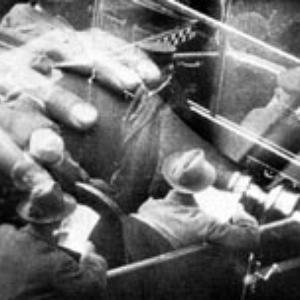Rhythm Methodologies
Details
| Part of |
Seeing Sound |
| Where |
State Library of Queensland. Brisbane, Australia. |
| Date |
Wednesday, 17 October 2007 |
A program exploring the limits of black & white film’s unique facility to communicate relationships between sound, image and space. Abstract film pioneer Viking Eggeling’s silent ‘pure film’ experiment, Diagonal Symphony (1921), explores the capacity of moving image to evoke the qualities and forms of music through the ephemeral inscription of graphic notations. Visual space is further purified by Walther Ruttmann’s historic Weekend (1930), which dispenses with images altogether, utilising celluloid film as a ‘pure sound’ medium. Film’s phenomenological address is also the ‘focus’ of Tony and Beverley Conrad’s Straight and Narrow (1970) which, like The Flicker(1966), uses minimalist form to mount a maximalist assault on the viewer but in a different way.
Kurt Kren’s Tree Again also employs single frames to create a stroboscopic effect; the silence of the film drawing attention to the deeply musical structure of the editing and ‘beat’ of the film’s erratic flow. Aldo Tambellini’s rapid montage films explore relationships between radical form and radical content, depicting, through avant-garde techniques, issues of race, class and identity in the emotionally-charged landscape of late 1960s/early 1970s America.
Rhythm Methodologies - WORKS
-
22 Min
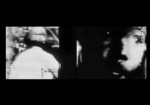
Black Plus-X, Black & White, 9 minutes, 1966 Black Trip, Black & White, 4 minutes, 1966 Black T.V., Black & White, 9 minutes, 1970 Media radical Aldo Tambellini’s dynamic Black Film Series (1965-70) extends from total abstraction to footage of the…
-
5 Min
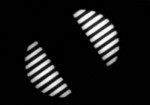
Eggeling developed a notion of counterpoint of linear elements; graphic notions developed sequentially and related to each other in a vertical form or scroll, using film to give the scrolls kinetic form. In Diagonal Symphony ‘the emphasis is on objectively analysed movement…
-
10 Min
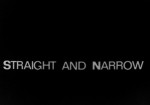
Rapid, flickering alterations of vertical and horizontal lines create a hallucinogenic effect. Experimental sound (and film) pioneer Tony Conrad’s follow-up work to his (in)famous 1965 film The Flicker, which replaces that film’s extreme op art with a more humane psychedelia.
-
4 Min
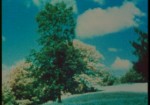
Tree Again (1978) uses an expired roll of highly sensitive infra-red color film, a type which (usually) has to be developed within a very short period of time; courting its chance effects, Kren experimented with various exposures of a splendid…
-
11 min

Ruttmann’s brief audiomontage, recorded 1930, remains one of the most outstanding experiments in sound ever made. A ‘film without film,’ Weekend was originally conceived to explore the potential of emerging sound-on-film technology. The story of a weekend in Berlin, presented on imageless…

